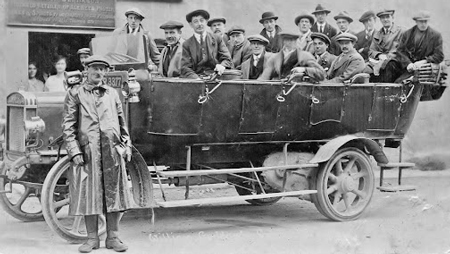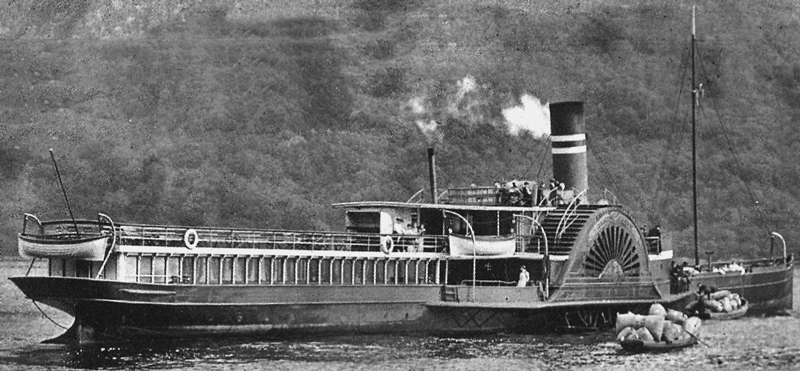A THREE LOCHS TOUR treat on Tuesday June 16 1925 turned into a tragedy in which three lost their lives.
Transport
Steamer route to Inveraray
WRITING in the Glasgow Herald on December 14 1849 "Citizen" referred to Lochgoilhead as being part of "the principal route to Inveraray". This may seem very strange to modern eyes, but it must be remembered that in those days the sea was the highway.
Furthermore although Helensburgh perhaps only occasionally formed part of this highway, Kilcreggan and Cove most definitely were part of it. So, where exactly did this route go, which means of transport were involved, and what brought about its demise?
Much loved steamer given jet engines
THE SUMMER of 2019, with the much-loved paddle steamer Waverley out of action because of boiler problems, the Clyde off Helensburgh seemed quiet and a lot less fascinating.
But that was certainly not the case in 1949-50, when the then favourite Clyde steamer had extremely noisy jet engines.
History of cycling in Helensburgh
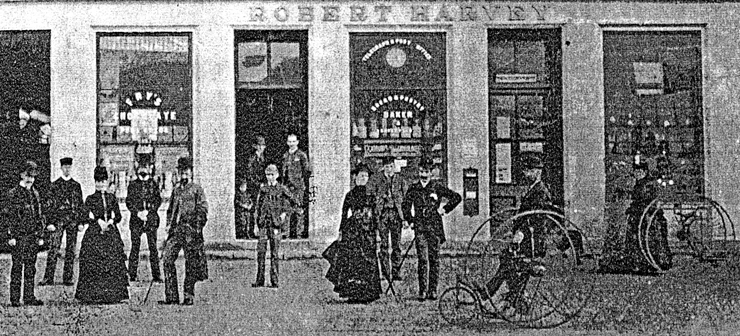
CYCLING in the Helensburgh area is thought to have begun in the 1870s — and there have been several cycling clubs in the town over the years.
Local historian Alistair McIntyre, a director of Helensburgh Heritage Trust, researched the pastime, and what follows is what he has found out.
Drunk set fire to signal box
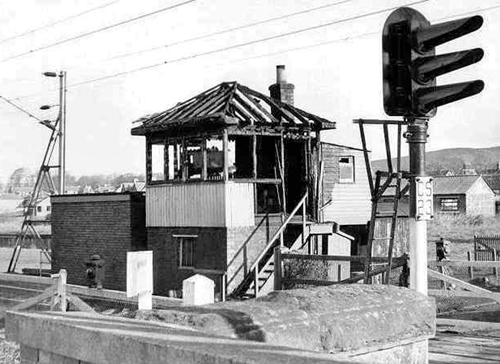 ONE of the more unusual aspects of Helensburgh and district railway history was a fire that destroyed the signal box at Cardross on the evening of April 26 1971.
ONE of the more unusual aspects of Helensburgh and district railway history was a fire that destroyed the signal box at Cardross on the evening of April 26 1971.
A very drunk passenger missed his stop, disembarked at Cardross and proceeded to cause mayhem. The signalman, Jack Vickers, fled the box, whereupon the drunk set fire to it.
Henry Bell and the Comet
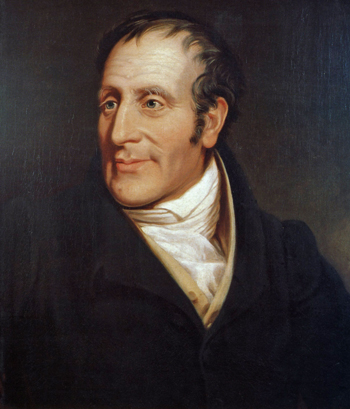 HELENSBURGH'S first Provost, steamship pioneer Henry Bell (1767-1830), came to live in the burgh in 1806.
HELENSBURGH'S first Provost, steamship pioneer Henry Bell (1767-1830), came to live in the burgh in 1806.
Already a successful businessman, engineer and architect, he built the Baths Hotel (later the Queen’s Hotel) in East Clyde Street to run with his wife Margaret as a spa near the marine villas of the wealthy Glasgow merchants who either lived in the town or kept a mansion as a summer holiday home.
Celebrating Henry Bell
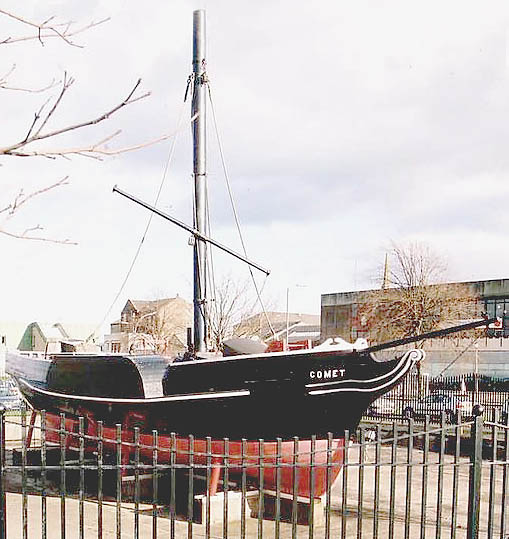 ON August 6 2012 it will be the bicentenary of the first commercial sailing of Henry Bell’s Comet steamship.
ON August 6 2012 it will be the bicentenary of the first commercial sailing of Henry Bell’s Comet steamship.
Will celebrations be organised, if so by whom, and what will they consist of? The 100th and 150th anniversary celebrations set a high standard to be followed.
Clyde Celebration: Comet to Waverley
 THIS exhibition took place from September 13-16 1997 in the Pillar Hall, Victoria Halls, Helensburgh, and was a celebration of the Clyde and all that the river meant to the people of Helensburgh.
THIS exhibition took place from September 13-16 1997 in the Pillar Hall, Victoria Halls, Helensburgh, and was a celebration of the Clyde and all that the river meant to the people of Helensburgh.
A fine working model of the Comet was displayed along with maps, photographs and text tracing the history of the development of the burgh with the coming of steam navigation.
Helensburgh's steamship tragedy
ONE of the Clyde’s worst ever tragedies took place only yards away from Helensburgh pier on Monday March 21 1842, when 20 people died after the steamship Telegraph exploded.
Much of the detail about the tragedy was unearthed by a Bishopbriggs man, Craig Boyd, the great grandson of William Ewing, the Telegraph’s captain and one of the fatalities.
Lucy Ashton remembered
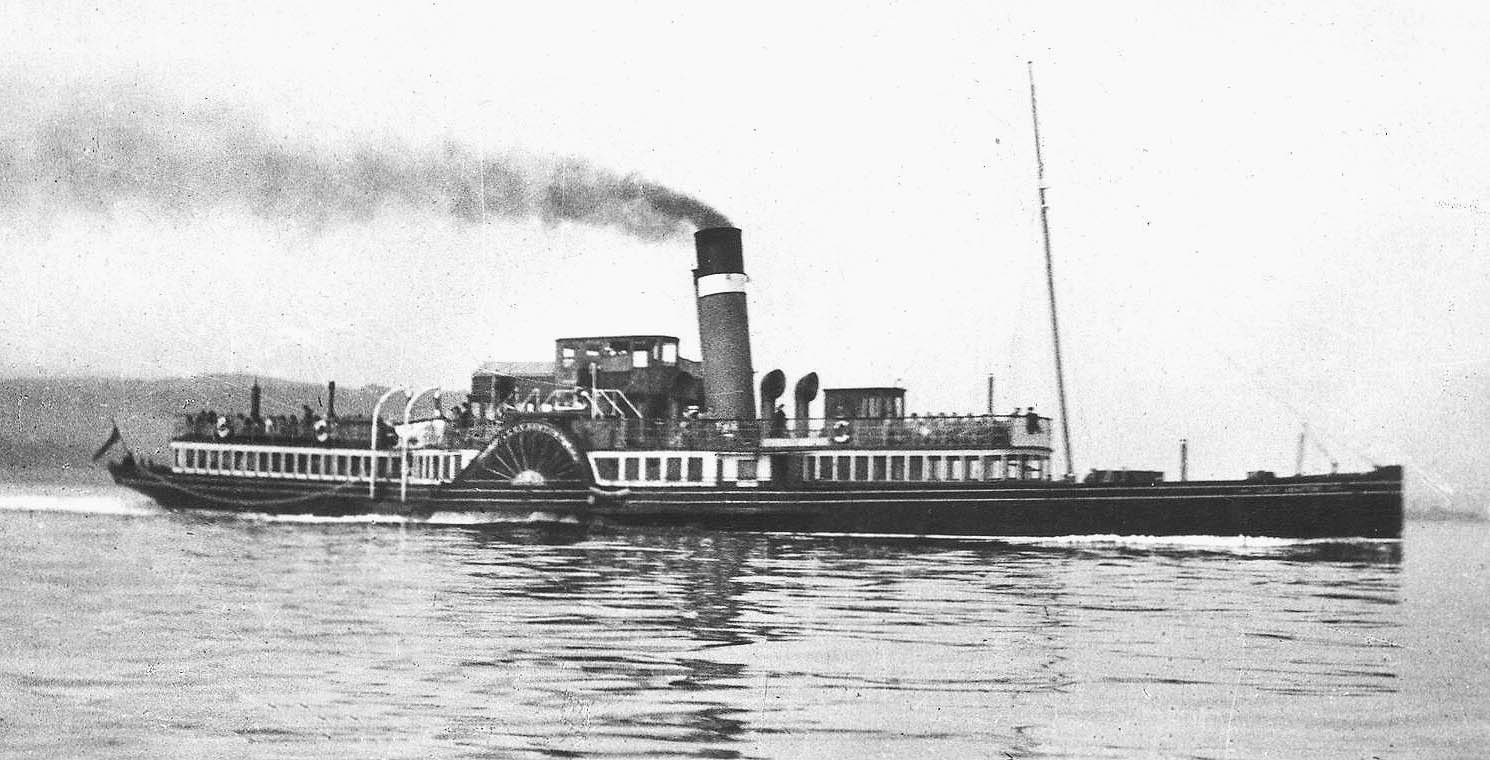 A month-long exhibition at Helensburgh Library in West King Street in February and March 2008 was dedicated to one of the Clyde’s best loved paddle steamers.
A month-long exhibition at Helensburgh Library in West King Street in February and March 2008 was dedicated to one of the Clyde’s best loved paddle steamers.
It was organised by Marion Gillies, vice-chairman of Helensburgh Community Council, and was inspired by the opening of the new Hermitage Academy building at Colgrain in February 2008.
Farewell to liner
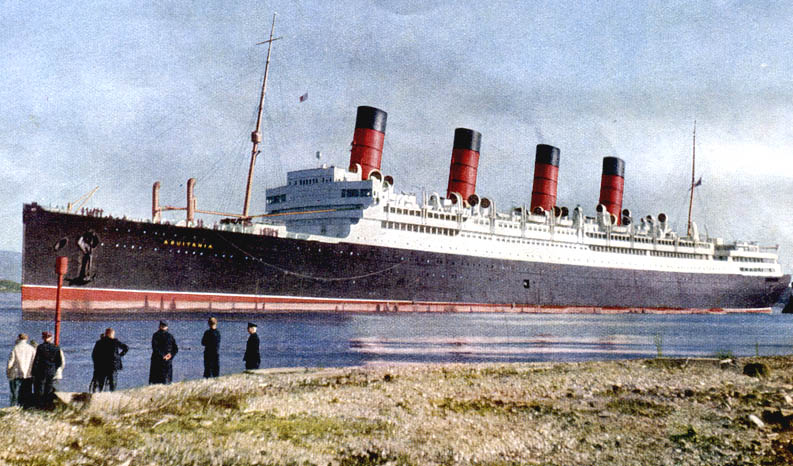
AN important anniversary in both Gareloch and shipping history comes each year on February 21.
On that day in 1950, the famous old liner Aquitania completed her 443rd voyage after passing through Rhu Narrows (right) to reach the Shipbreaking Industries yard at Faslane.
Helensburgh's first fire engine
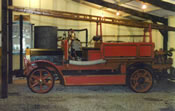 "Prompt at 3.30pm the siren blew and within a short time Helensburgh Fire Engine arrived at the pier, for a demonstration. The firemaster and a 10 man crew performed successfully." — it was reported in the Helensburgh and Gareloch Times in December 1920.
"Prompt at 3.30pm the siren blew and within a short time Helensburgh Fire Engine arrived at the pier, for a demonstration. The firemaster and a 10 man crew performed successfully." — it was reported in the Helensburgh and Gareloch Times in December 1920.
So, Helensburgh now had its first motorised fire engine. SN1549 was a Dennis 'N' Type fire engine. This fire engine left the factory in December 1920 for Helensburgh. The lamps and bell were solid brass and the tyres were solid too.
Helensburgh's motor ambulance
 DURING 1925 there were calls in Helensburgh for a motorised ambulance. Letters were continually letters sent to and published in the Helensburgh and Gareloch Times asking for a new ambulance.
DURING 1925 there were calls in Helensburgh for a motorised ambulance. Letters were continually letters sent to and published in the Helensburgh and Gareloch Times asking for a new ambulance.
At a meeting in March 1925, Town Council representatives, along with members of the Infirmary board, decided that ". . . there were not enough accidents to warrant a motor ambulance."



